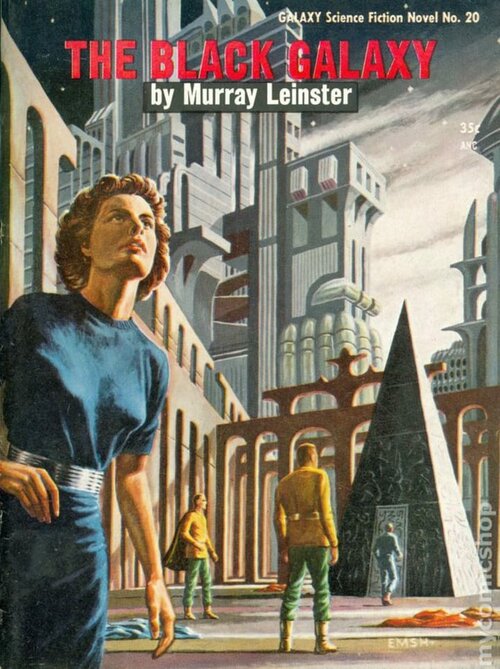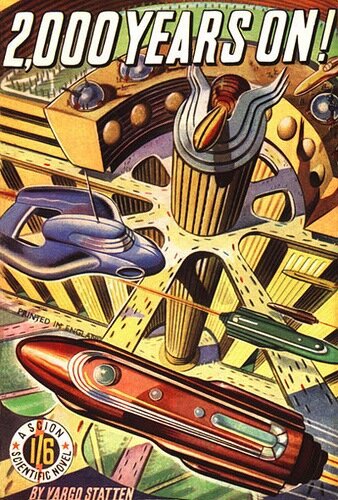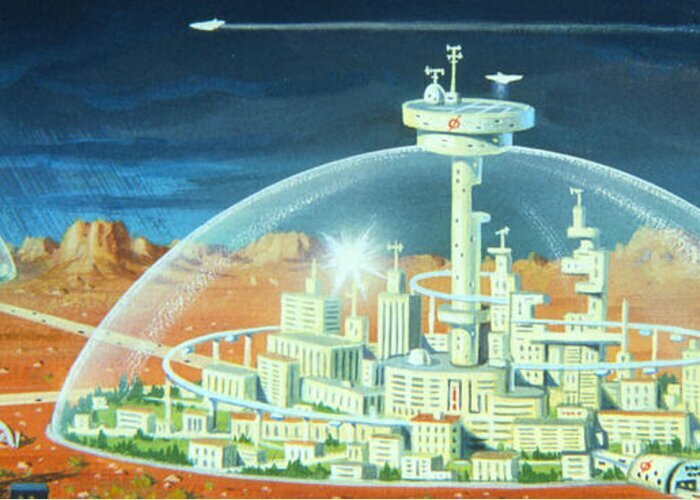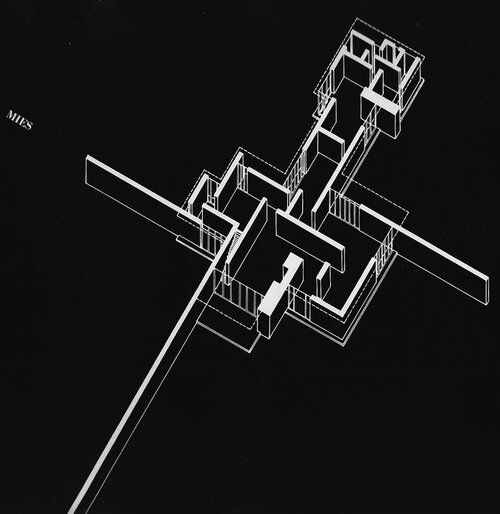Rhinocrates
ACCESS: Top Secret
- Joined
- 26 September 2006
- Messages
- 2,999
- Reaction score
- 7,581
An informative primer on architectural engineering, looking at how tension in an inverted model can be used to model compression in a completed structure and how it generates new, elegant forms. Admittedly this isn't about unbuilt architecture but it follows on from my posts on Wren's St Paul's. He doesn't mention that St Paul's actually has circumferential iron chains at the base of the masonry dome acting in tension to resist the outward forces produced by the weight above, along with all the cleverly concealed buttressing.
We really see the technique bloom with Gaudi, though I was annoyed that some on the illustrations of the Sagrada Familia models are hideous AI creations.
Name drop: New Zealand architect Mark Burry is mentioned. He's actually been at RMIT in Melbourne for decades now but back in the day he taught me here in NZ. He would spend several months each year in Barcelona directing construction. His lectures on how they modelled the complex hyperboloid forms and used those models for computer aided manufacturing of cut stone were fascinating.
View: https://www.youtube.com/watch?v=iRv_syz2DAc
We really see the technique bloom with Gaudi, though I was annoyed that some on the illustrations of the Sagrada Familia models are hideous AI creations.
Name drop: New Zealand architect Mark Burry is mentioned. He's actually been at RMIT in Melbourne for decades now but back in the day he taught me here in NZ. He would spend several months each year in Barcelona directing construction. His lectures on how they modelled the complex hyperboloid forms and used those models for computer aided manufacturing of cut stone were fascinating.













































































